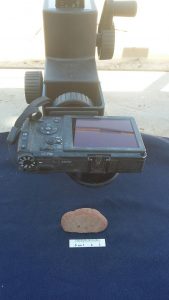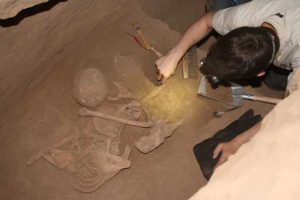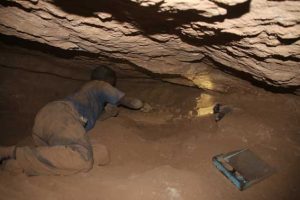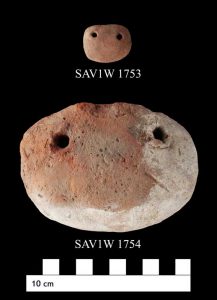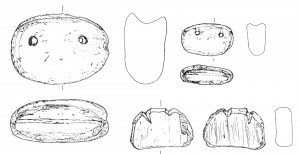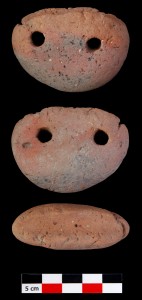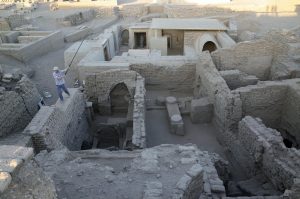 It’s almost unbelievable – after four busy years, the excavations in House 55 on Elephantine are really finished! Today, Martin Fera took some last photos with the most recent details, including a newly emptied silo, to be added for the image based modelling of the complete building. Documentation will now focus on ceramics and finds – and the aim is, to have an overview at the end of the season of all materials.
It’s almost unbelievable – after four busy years, the excavations in House 55 on Elephantine are really finished! Today, Martin Fera took some last photos with the most recent details, including a newly emptied silo, to be added for the image based modelling of the complete building. Documentation will now focus on ceramics and finds – and the aim is, to have an overview at the end of the season of all materials.
The pottery is already well assessed – more drawings and photos will be produced, but with 2000 vessels in the database, the record is now very strong and representative.
The small finds will still keep us busy for a while – currently c. 3600 objects are in the database, but more are still waiting to be recorded. Today, I focused on some re-used sherds which are attested in a very high number. I am in particular interested in the various types of net weights. Most common in House 55 is type C in the classification by Cornelius von Pilgrim (1996). Currently, 64 net weights were recorded and except for one, all fall into this type. The single other weight is type A, the so-called axe-shape type.
This dominance of type C net weights, mostly produced from Marl C and Marl A4 sherds, is striking – in particular in comparison with Sai Island. As outlined earlier, type C is quite rare in the new Kingdom town of Sai and definitely outnumbered by type A.
In 2013, I was still very unsecure about the interpretation of this difference – with little material excavated on Sai back then, all might have been accidental. But after five seasons on Sai and four seasons of work on House 44, it is now clear that the original line of interpretation is the most likely one, based on a large set of data from both sites.
As von Pilgrim has proposed (von Pilgrim 1996, 275–278) type C, recycled from pottery sherds, seems to represent the ad hoc product for individual needs. The distribution of net weights at Sai was probably organized at a more formal level than in Elephantine, with imported net weights of type A and only rare cases of versions from re-used sherds. A “centralized system of food production” as reflected in the use of net weights of type A was already suggested by Smith for the Middle Kingdom phase at Askut (Smith 2003, 101) and seems to be supported by the evidence from Sai in close comparison with Elephantine.
Tomorrow will be another busy day, full of net weights, sherds and other interesting traces of activities on 18th Dynasty Elephantine!
References
von Pilgrim 1996 = C. von Pilgrim, Elephantine XVIII. Untersuchungen in der Stadt des Mittleren Reiches und des Zweiten Zwischenzeit, AV 91, Mainz am Rhein 1996.
Smith 2003 = St. T. Smith, Wretched Kush. Ethnic identities and boundaries in Egypt’s Nubian Empire, London and New York 2003.

